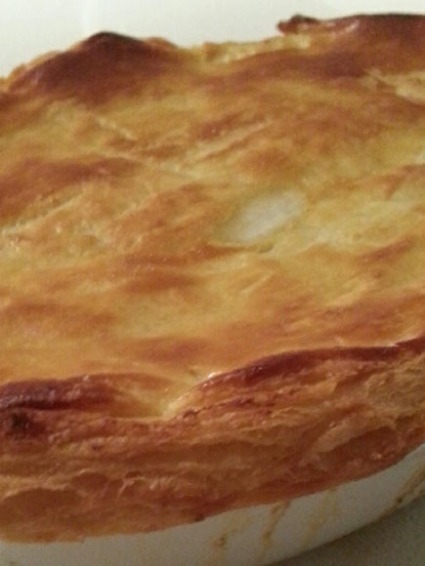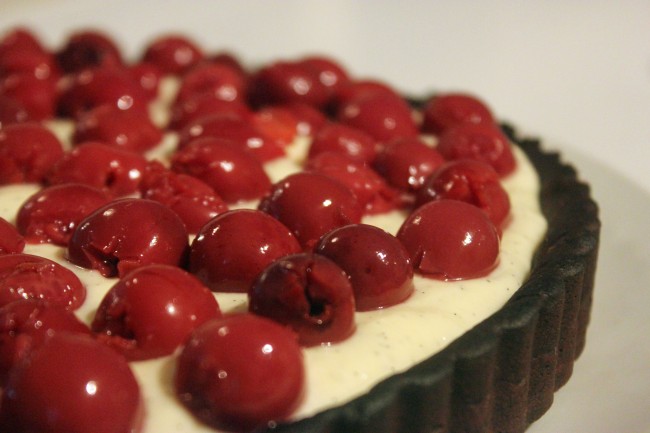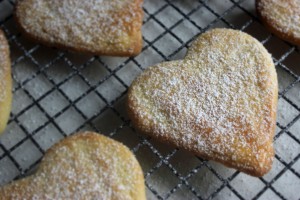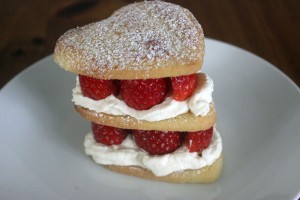
I’m back on familiar ground with rough puff pastry this week.
Also known as blitz puff, rough puff is more like grandma pastry to me because it reminds me so much of the pie toppings I used to have as a child.
My grandma came out to Australia from England in the early 50s and brought with her an incredible cooking repertoire.
I’ve heard stories that she used to make a main meal and pudding every night over a single gas burner while they were building their first house.
So in her honour, I’m making a chicken pie with a rough puff pastry lid.
Rough puff is really easy to make – the perfect way to get comfortable with pastry if you’re a bit daunted.
And the result is flaky, buttery, layered pastry without too much fuss.
The formula is simple, and can be scaled up or down depending on quantity required – same quantity flour as butter, half the quantity of cold water and salt to taste.
The key is the folding and turning technique which is a much simpler version of classic puff (something I am going to have to face at some point!).
You just need to roll out the dough into a rectangle and then it fold into three. Give it a quarter turn then roll it out again before folding into three again. Repeat the process one last time and you’re ready to go.

I do the folding and turning after I’ve refrigerated because I live in a warm climate and worry about the butter melting too much. But I’ve seen other recipes where the folding and turning is done straight away.
Ingredients
250g flour
250g butter, at room temperature
1 tbsp salt
125ml cold water
Method
Mix the flour and salt in a mixing bowl.
Cut the butter into cubes and add to the bowl.
Use your fingertips to work the butter into the flour, but stop before you get to a sandy texture.
Add the water and combine until the dough forms. Refrigerate for 20 minutes.
Complete folding and turning technique three times, then roll out for use.
Top with egg wash and cook for 20 minutes at 180 degrees or until puffed and golden.






